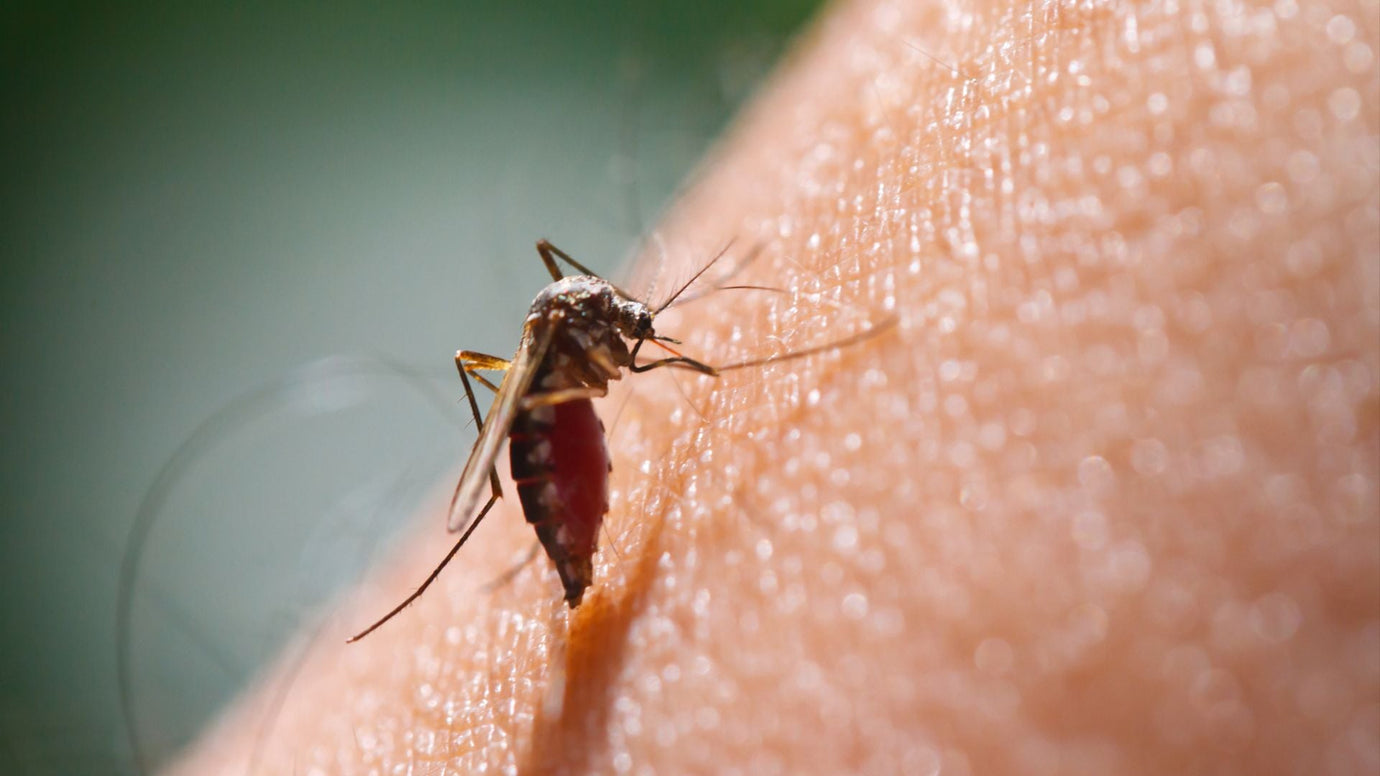If you’re a gardener or you have a houseplant collection, you’ve most likely encountered those pesky fungus gnats.
Fungus gnats, unfortunately, are something that comes with the territory of having plants, and cultivating your own when starting seeds indoors. And if you are starting seeds indoors, it can be annoying to have gnats in your face or even land in your coffee cup or food.
Fortunately, they rarely, if ever, pose a risk to your plants, and are more of an annoyance than anything. However, fungus gnats can still take some of the joy out of gardening, and luckily, there are some non-toxic things you can easily do to help manage them.
Choosing one or even a few of these options can help you make the fungus gnats in your home more manageable.

Why yellow?
Pests like fungus gnats are attracted to the color yellow, so when you use yellow sticky traps or tape, the fungus gnats will be attracted to it and fly right on it, and it will prevent them from being able to mate and lay eggs to keep the cycle going.
Yellow sticky traps and tape are relatively inexpensive and can be placed directly in plant pots.
Dry out
While you may not want some of your plants to dry out completely before watering, fungus gnats love a warm, moist environment.
By letting your soil dry out a little bit, they may not choose to lay their eggs in the soil. You can use a fan to help your seedling mix dry out between watering, or check moisture levels with a soil meter to make sure you aren’t adding too much water, thereby attracting the fungus gnats.
Sand
Once your plants have germinated, or if they have already germinated, you can apply a small layer of sand on the top of your soil. Sand doesn’t retain water and creates a physical barrier that prevents them from reaching the organic matter in the soil.
Mesh or cheesecloth
If you’re concerned about fungus gnats coming in from the bottom of your seed starting trays or pots, you can place some thin mesh or cheesecloth on the inside of them if you haven’t yet started sowing seeds.
If you have already planted your seeds, you can tape a larger piece of mesh or cheesecloth underneath the seed starting trays or pots and tape them up along the sides to keep it in place. This will allow water drainage, but can help keep fungus gnats out.
Beneficial insects
You might not want to bring in more insects to combat others, but, in some cases, you’ll hardly know they’re there! Beneficial nematodes are microscopic parasitic worms that can target fungus gnats in the soil. There are also specific mites (Hypoaspis mites) that you can release onto the soil of your plants, that typically live in the first half inch of soil.
Carnivorous plants
More plants just might be the solution to having your plants be fungus gnat free!
While the well-known Venus fly trap can be a great option for fungus gnats, there are a few other carnivorous plants that might help catch them. One such plant in particular is Drosera Capensis, commonly known as Cape Sundews. They are particularly effective because they have bright colored tentacles that lure, capture and digest insects from their stalked mucilaginous glands. In a way, it’s like nature’s yellow sticky trap!
Mosquito bits
Mosquito bits are something that you can try adding to your potting soil that will be released when you water them. They can also be a great option to put in the water reservoir of any hydroponic systems you may have as well.
The active ingredient in mosquito bits are Bacillus thuringiensis, subspecies israelensis. They can be used on ornamental houseplants, as well as on edible plants and can eliminate the fungus gnat larvae that grows in soil. Mosquito bits are also harmless to people and pets, so you don’t have to worry about adding this as line of defense against fungus gnats in your home.
Pest control systems
Garden pest control systems can be installed around your backyard or other outdoor spaces for targeted sprays, ridding pests such as gnats and mosquitoes from your outdoor activities for good.
Final thoughts
If you have a large fungus gnat infestation, it may take several of these options to help eliminate them, or it might take a little bit of time before you see results. Don’t get discouraged! Everything that you try can still help reduce their populations, and once you move your plants outside, the fungus gnats shouldn’t be motivated to stay in your home.



